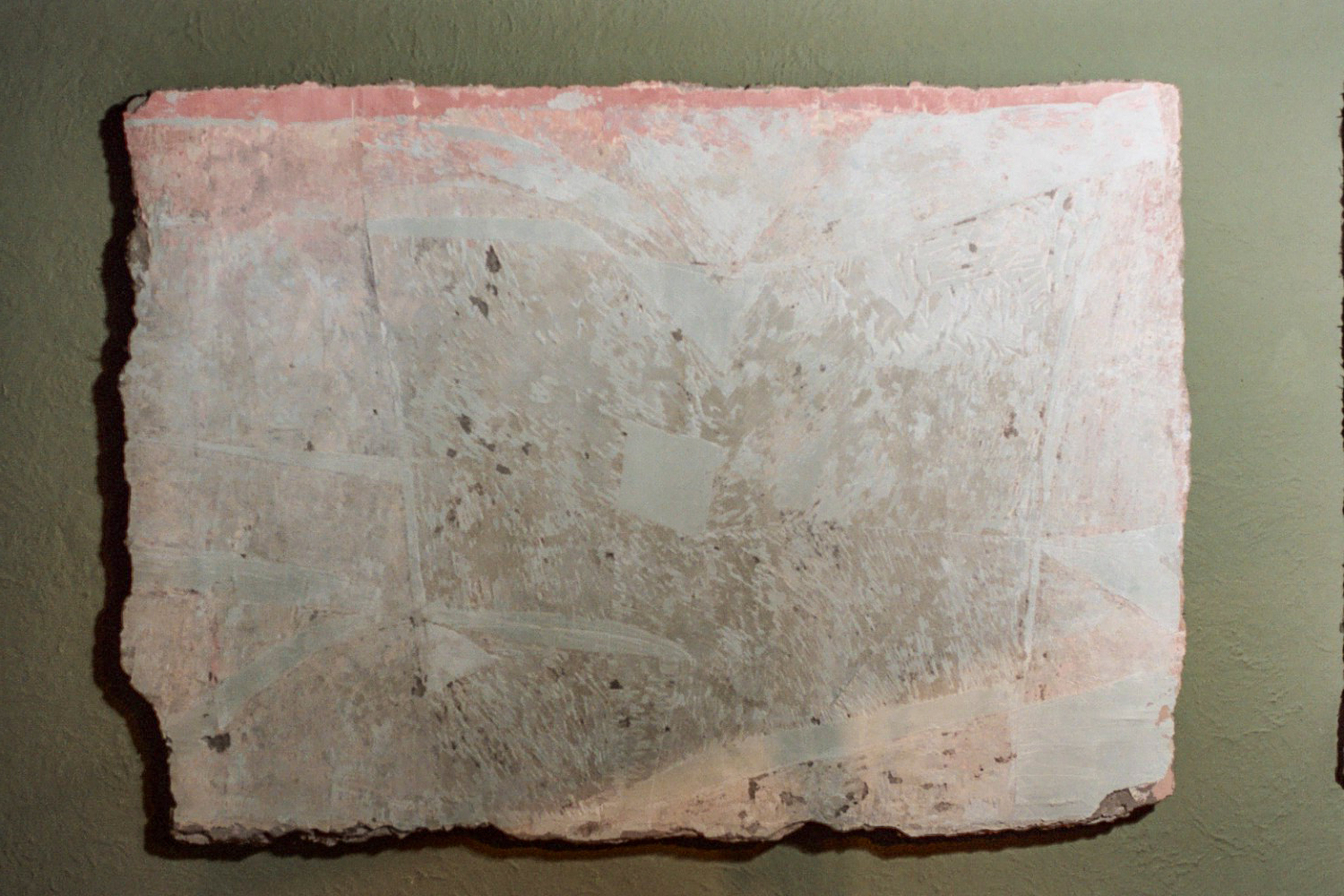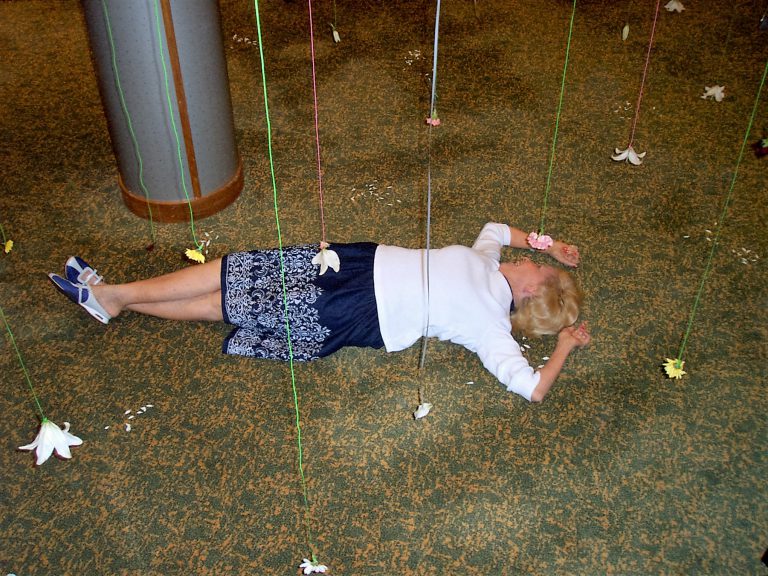
Before entering art school I had been independently making films in collaboration with another artist, using film as a medium for art. During that time I produced many short, experimental films. I was drawn to the work of the Dadaists and Surrealists. Symbolism, free-floating images of the subconscious and dreams were central themes in the film work I was doing. Time, motion, multiple dissolves of images and sound were more effective at conveying these themes than traditional studio media.
After studying Art in Italy, and in Southern California, I felt that I was not being prepared to become a working artist. At that point, I chose to pursue my art education on my own and opened my first studio where I explored printmaking and continued making films.
In an attempt to free myself of the necessity to work collaboratively, I began to use still photography. I created a series of still montage works that conveyed the narrative that was central in my motion picture work. My interest in the workings of the inner-mind continued as a dominant theme.
During that time I developed a series of “psychological portraits” using a walk-in photo booth I devised that snapped photos at random before the “actual” portrait was taken of the subject. I was interested in capturing the mind portrayed by the body when it was off guard and unaware that it was being recorded.
After some time I had become disenchanted with the mechanical aspect of photography. I had an experience in my studio that was to become a turning point in my art practice. While doing some reconstruction, I pulled a cabinet away from the wall to discover some virgin plaster that was laid up by hand almost a century before. I was so taken by the beauty of the surface and how the wall was constructed, that it inspired me to develop the Freschetti – an original concept that combined the fresco, scrafitto and architecture.

The Freschetti are made from cement, sand, porcelain plaster and mineral oxides. They consist of multi-layers of colored plaster applied to the cement surface then cured. I then engraved and chiseled the face to reveal the underlying colors, creating a surface texture reminiscent of ancient walls. The Freschetti is free of narrative and object representation. They represent images of the surface of the ethereal mind, etched by memories, experiences and time. I saw a consistent relationship between the Freschetti and my experience as a printmaker when I was doing intaglio and engravings. More importantly, it was the first time that I transmitted ethereal images into dimensional work with the direct use of my hands.
My work with the Freschetti inspired me to return to Italy to study the walls of ancient ruins. I slowly became more involved with the structural material of the ruins rather than with the surface. I designed “impossible architecture” using the elements upon which classic architecture is based. These designs were later realized as architectural models and then solicited for site specific projects in the public venue.
Significantly, the stones of these ruins began to have such a pull on me that I felt their vibrations. They seemed to be energy batteries that could transfer information to me. At this point, I began to carve stone.
The majority of these stone carvings are figurative. They are archaic in style and reference. Later on I abandoned the traditional methods of carving. I attacked the stone directly: no clay, no plaster model, not even a drawing. I would engage in conversation with the stone to create the final piece.
It was during this time I received a commission from the City of Santa Monica, California for the large scale site-specific sculpture La Vecchia Mura. This work was the merging of two elements I had been working on earlier: the Freschetti and the excavation of ruins.
I received a fellowship to Fundacion Valparaiso in Almeria, Spain. During my fellowship I constructed Passeggio Moresco a large-scale sculpture made of local stone and river silt in the dry riverbed Rio Aguas. The piece was to erode from wind and water and return to itself. This was in conjunction with a new interest in site specific sculpture that shifted the emphasis from the sculpture as a free standing object to that of the delineation of the exterior environment. I began to use carved objects as lures and markers to define place.
Returning to Los Angeles, I questioned completely all of the theories of my past work, asking what ideas were mine and what were those of the overpowering influences of past artists. To redefine my work, I had to return to the basics of the visual and sculptural languages and to remove all narrative and historical references in my pursuit of pure form in sculpture. I was without the facilities to carve stone so I concentrated on drawing and experimenting with other materials to use for sculpture.
This was the beginning of two new series. Opposto: examining color and it’s opposites along with the perception of flatness of a three dimensional form. The second series, Equilibrio, seeks purity and elegance through direct, simple and uncluttered form.

The spring of 2006 marked the beginning of a series of site-specific ephemeral sculptures, The 2006 Art Odyssey. In collaboration with another artist, the project covered 10,000 miles, 2 continents, 4 countries and a very large body of water. The sojourn began in California over land to New York followed by a trans-Atlantic crossing , to the United Kingdom. The final destination was Spain by way of France. Each work produced in this project was only meant to last one day or for a very short period of time. Produced in a spontaneous manner and on short notice, nothing was brought to the site and nothing was left that was not originally on site. Comprised of found on-site materials, one of the sculptures was created in the middle of the Atlantic Ocean.
Currently I am excited about my new project in development, I Cubi: the exploration of six surfaces of a form in paper, wood, metal and stone.
